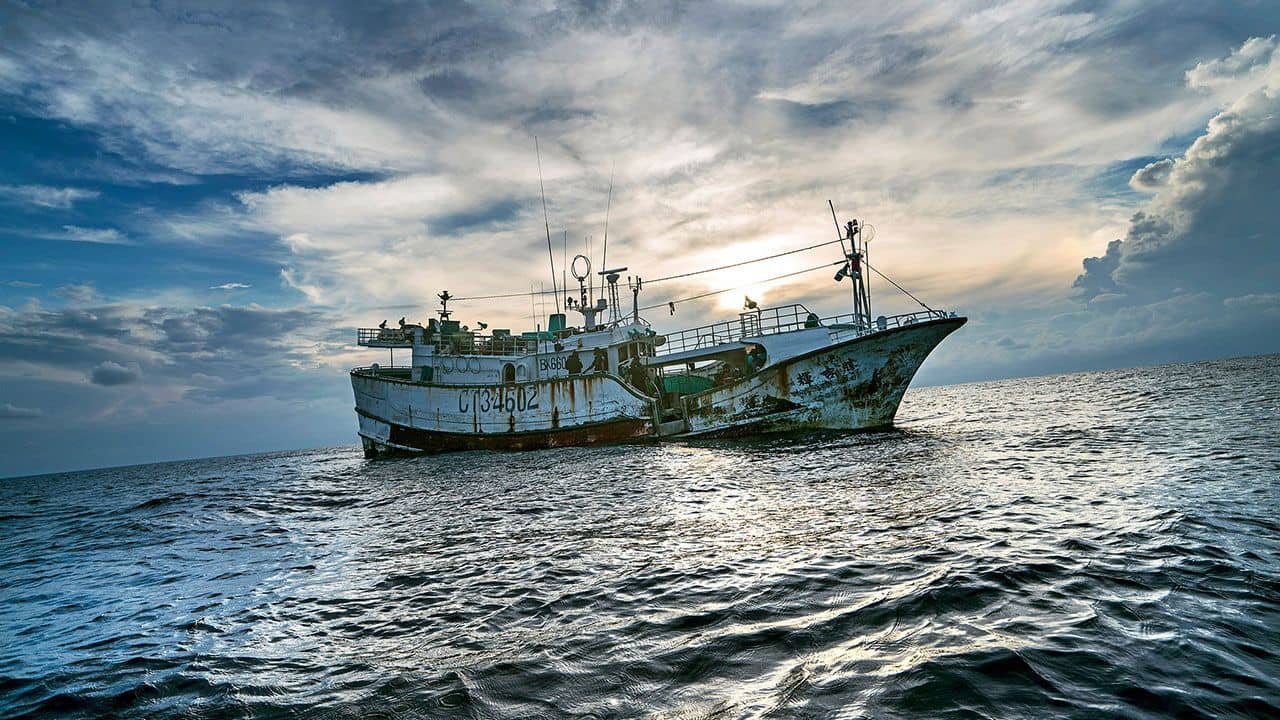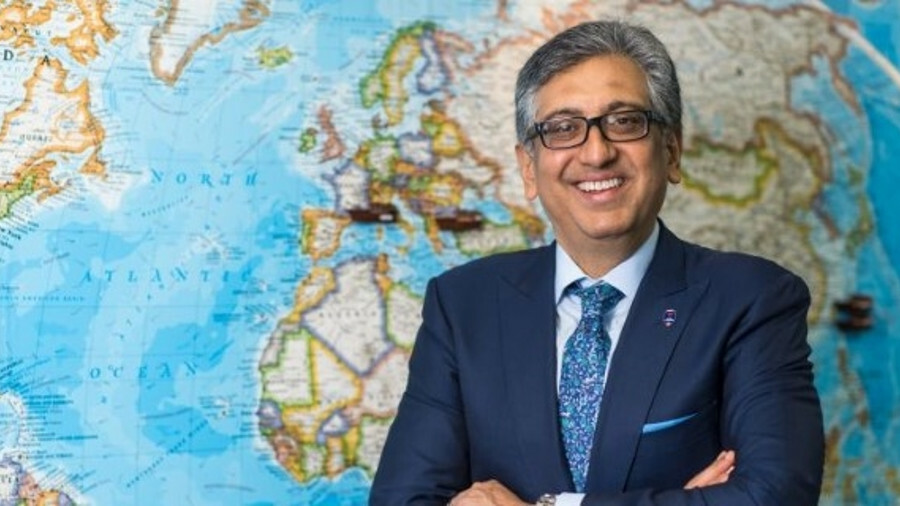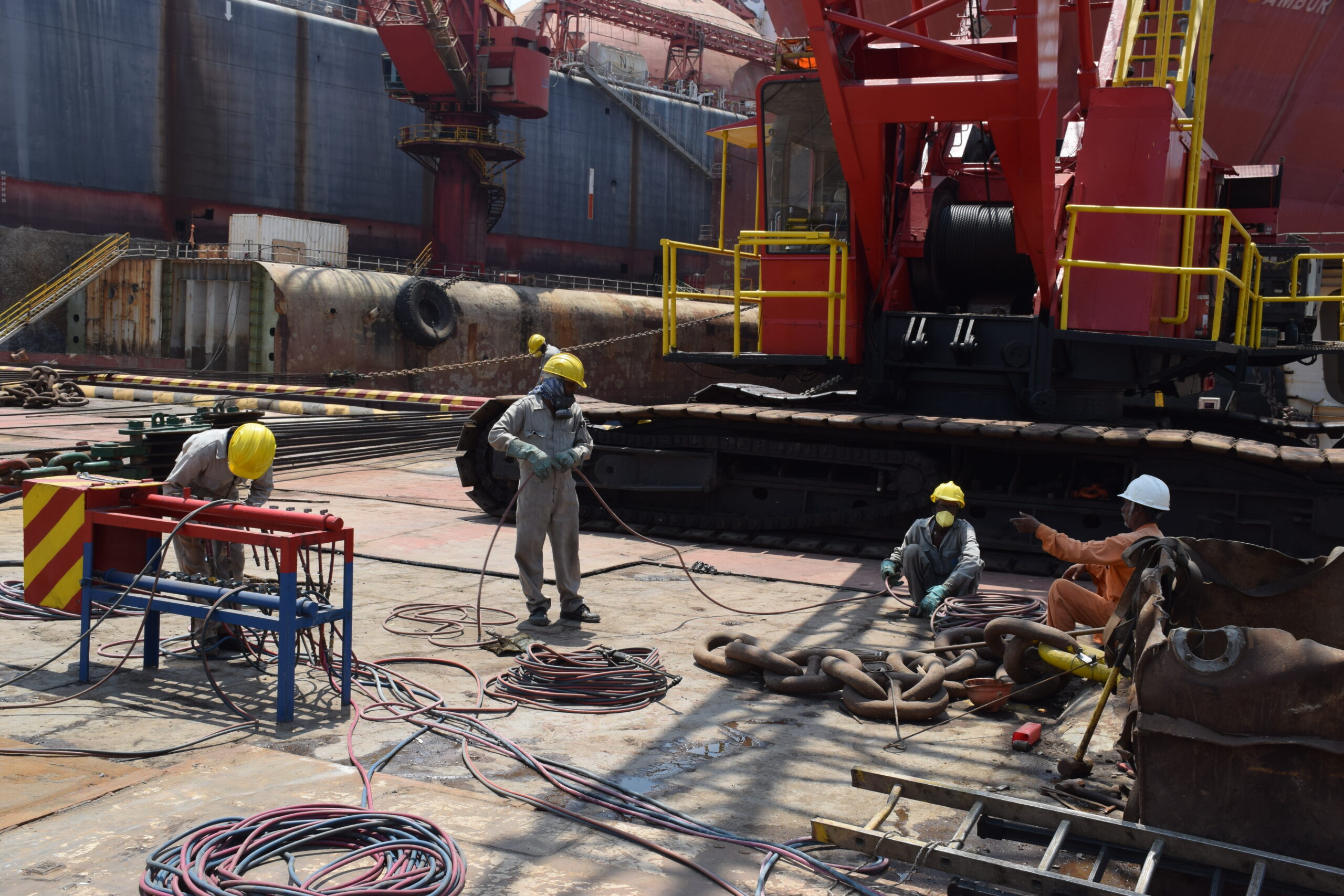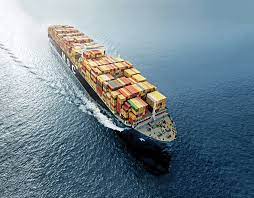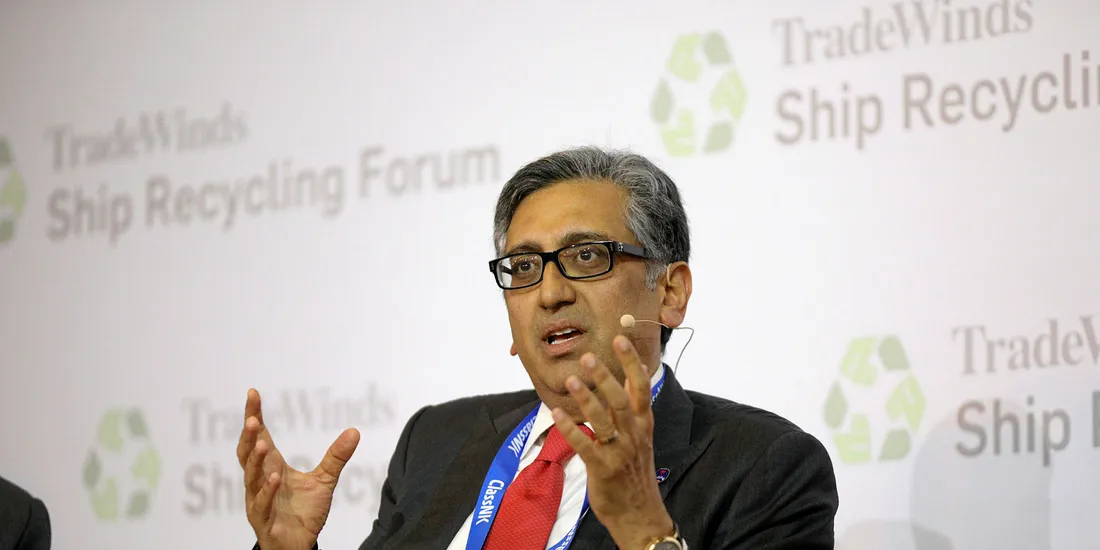EU Launches 14 New Projects to Tackle Coastal Hazards and Strengthen Marine Governance
The European Union has embarked on an ambitious initiative to safeguard its coastlines and marine ecosystems, unveiling 14 projects dedicated to monitoring, assessing, and forecasting coastal hazards. These projects, which span multiple member states, are designed to reinforce marine governance, provide cutting-edge coastal services, and support the implementation of EU-wide marine policies.
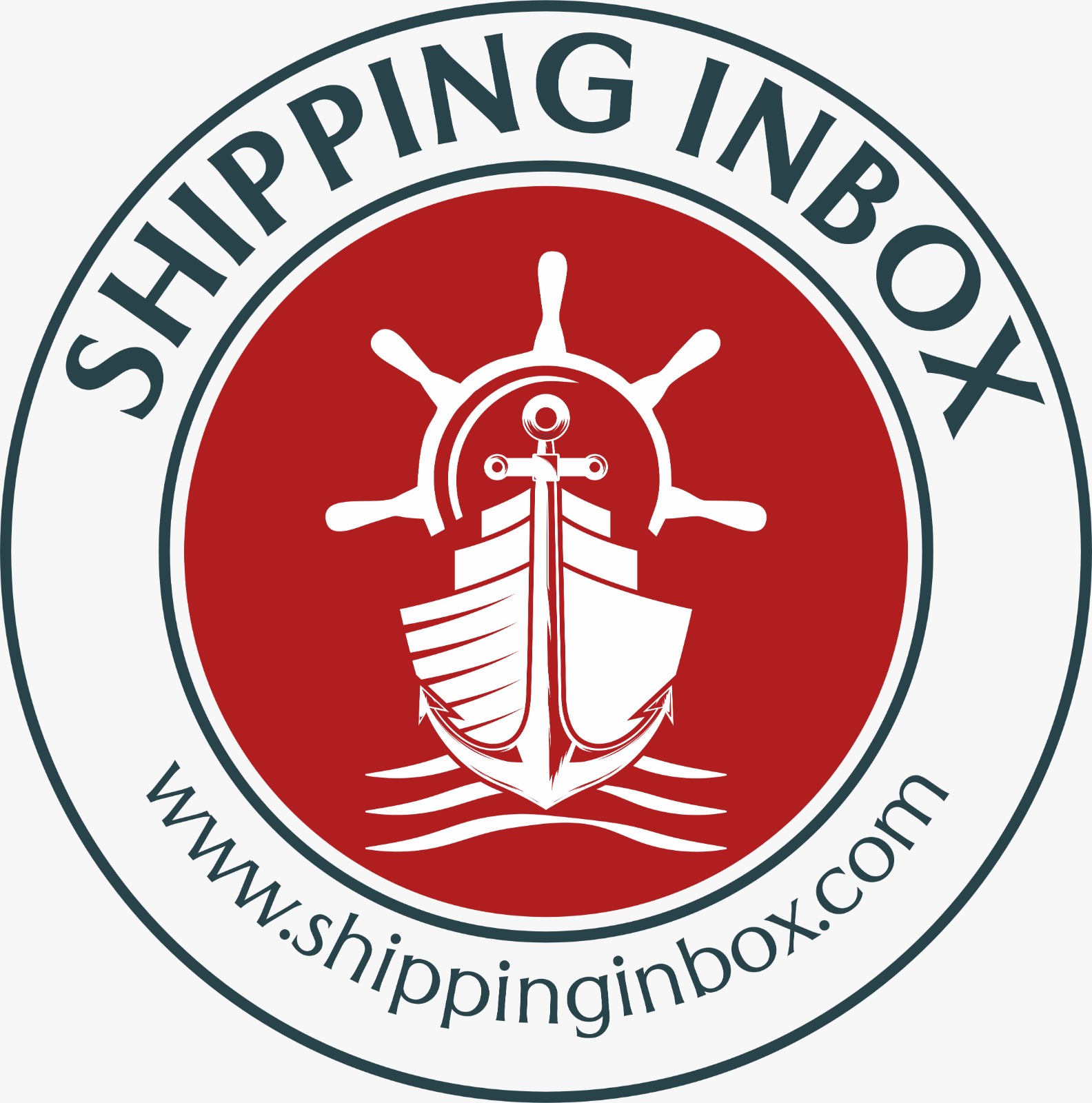
With more than 40% of the EU’s population living within 50 kilometers of the coast, the stakes are high. Rising sea levels, increased frequency of storms, and coastal erosion threaten both the livelihoods of millions and the environmental stability of some of Europe’s most treasured ecosystems. Against this backdrop, the new projects represent not just a scientific undertaking but also a societal commitment to building resilience along Europe’s coastlines.
A Collaborative European Effort
At the heart of the initiative lies collaboration. Each project brings together scientists, policymakers, and coastal managers from different EU member states. By pooling expertise, the EU hopes to create an integrated network that can monitor coastal conditions in real time, provide early warnings of hazards, and supply data-driven forecasts to aid decision-making.
“Coastal challenges do not stop at national borders,” an EU Commission spokesperson explained. “Tides, currents, and storms affect multiple countries simultaneously. By working together, member states can build a much more accurate and effective system of forecasting and governance.”
The projects will cover a wide range of activities. Some will focus on creating advanced monitoring systems capable of detecting and predicting sea-level changes, wave surges, and erosion hotspots. Others will work on decision-support tools to help local authorities prepare for emergencies, adapt their infrastructure, and improve long-term planning.
Strengthening Marine Policy and Governance
The EU’s Blue Economy Strategy, which aims to harness the potential of seas and coasts for sustainable growth, underpins the new projects. By supplying reliable, science-based data, the initiatives will help policymakers implement key frameworks such as the Marine Strategy Framework Directive, the EU Biodiversity Strategy, and the European Green Deal.
In practice, this means the projects will not only enhance environmental monitoring but also contribute to practical governance. Coastal authorities will gain access to shared forecasting tools and databases, enabling them to better coordinate responses to hazards such as flooding, oil spills, or sudden shifts in coastal ecosystems.
“Evidence-based policy is essential,” said Dr. Elena Rossi, a marine scientist involved in one of the projects. “When authorities have access to real-time data and reliable projections, they can make decisions that both protect communities and safeguard marine environments.”
Supporting Communities and Ecosystems
Beyond governance, the initiative has a strong societal dimension. Coastal communities across Europe, from the Baltic to the Mediterranean, will benefit from enhanced protection against hazards. Improved forecasting will help fishing industries, shipping companies, and tourism operators adapt to changing coastal conditions.
Environmental groups also see the projects as a positive step. Europe’s coastlines are home to fragile ecosystems, including wetlands, estuaries, and dune systems that are increasingly under pressure from human activity and climate change. By incorporating environmental monitoring into hazard assessments, the projects ensure that ecosystems are not overlooked in pursuit of human safety.
Looking Ahead
The launch of these 14 projects marks only the beginning of a long-term effort. EU officials emphasize that the work will evolve as new technologies emerge and as climate change accelerates the pace of coastal transformation.
The expectation is that the projects will eventually feed into a permanent, pan-European system of coastal monitoring and forecasting. This would provide a continuous stream of data and analysis to member states, strengthening both local resilience and EU-wide policy coherence.
As Europe faces increasing risks along its coasts, the projects stand as a reminder that safeguarding the future requires both innovation and solidarity. By uniting scientific research with governance and by bridging borders, the EU hopes to create not just stronger coastlines, but stronger communities.
Author: shipping inbox
shipping and maritime related web portal




